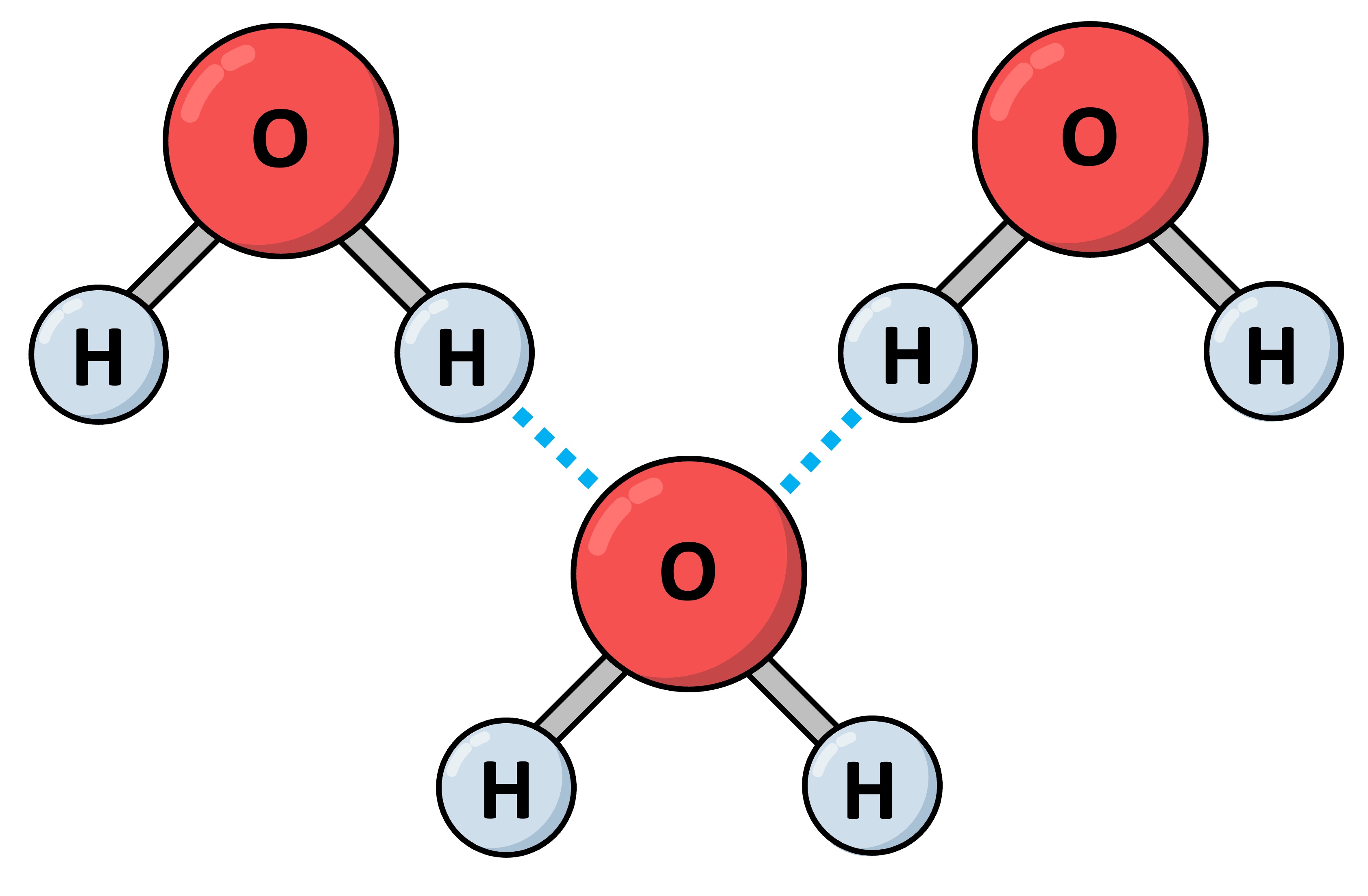The study of the disease of the body.
What is Pathology
Consists of the skin and accessory organs such as hair, nails, sweat glands, and oil glands.
What is integumentary system
The smallest particles of an element maintain all the characteristics of that element and enter into a chemical reaction through their electrons.
What is an atom
The most abundant substance in living systems.
What is water
The movement of molecules from a high concentration to an area of low concentration.
What is diffusion
Means the uppermost or above?
What is Superior?
The function is to pump and distribute blood which carries oxygen, nutrients, and waste to and from the body's cells.
What is the cardiovascular system
A substance whose atoms all contain the same number of protons and the same number of electrons.
What is element
The chemical formula for Carbon Dioxide.
What is CO2
Brownian movement is named after who?
What is Sir Robert Brown
The definition of proximal.
What is near the point of attachment or organ?
Brings oxygen to and eliminates carbon dioxide from the blood.
What is respiratory system
The element that is found in all living things.
What is Carrbon
Carbohydrates are made up of what?
What is 1:2:1 of carbon, hydrogen, oxygen
Can have an effect on diffusion
What is temperature?
Refer to the walls of the cavity.
Refers to the covering of an organ.
What is parietal
What is visceral
The endocrine system consists of what 5 glands.
What is pituitary, thyroid, adrenal, ovaries, and testes.
This is what kind of bond?
What is covalent bond
The purine bases of a nucleotide
The pyrimidines bases of a nucleotide.
What is adenine and guanine
What is thymine, cytosine, uracil.
Is baking soda a base or an acid.
What is a base
The abdominopelvic cavity consists of what 9 organs?
What are kidneys, stomach, liver, gallbladder, small and large intestines, spleen, pancreas, ovaries, and uterus.
The function of the digestive system.
What is to convert food into simpler substances that along with nutrients can be absorbed by the cells of the body and eliminate indigestable waste.
Draw a hydrogen bond.

The equation for Cellular respiration.
C6H12O6+6O2->6CO2+6H20+energy in the form of ATP
The difference between isotonic, hypertonic, and hypotonic.
What is salt concentration outside of the cell equals the salt concentration inside the cell?
What is more water inside the red blood cell than in the solution.
What is water molecules are in a higher concentration outside of the red blood cell.